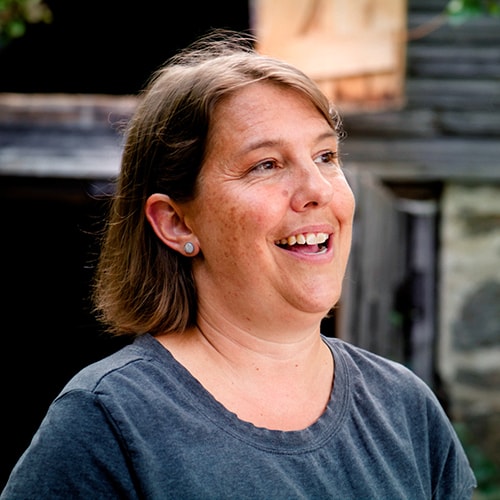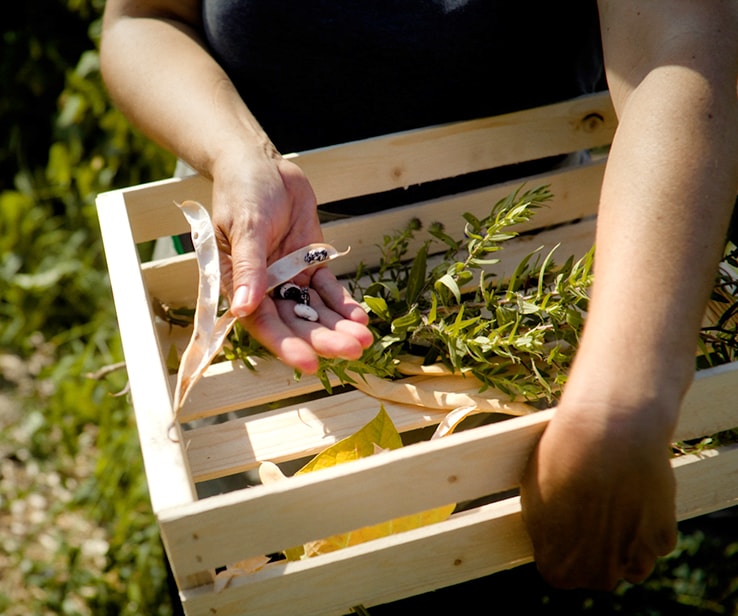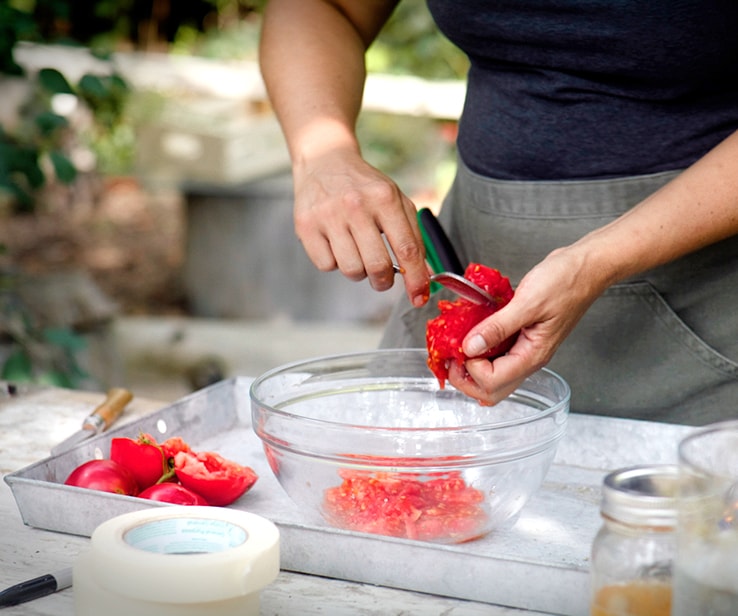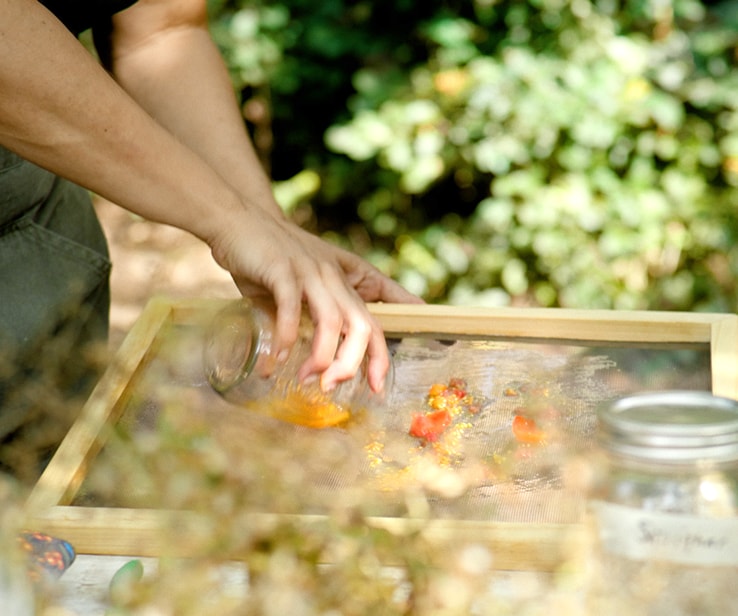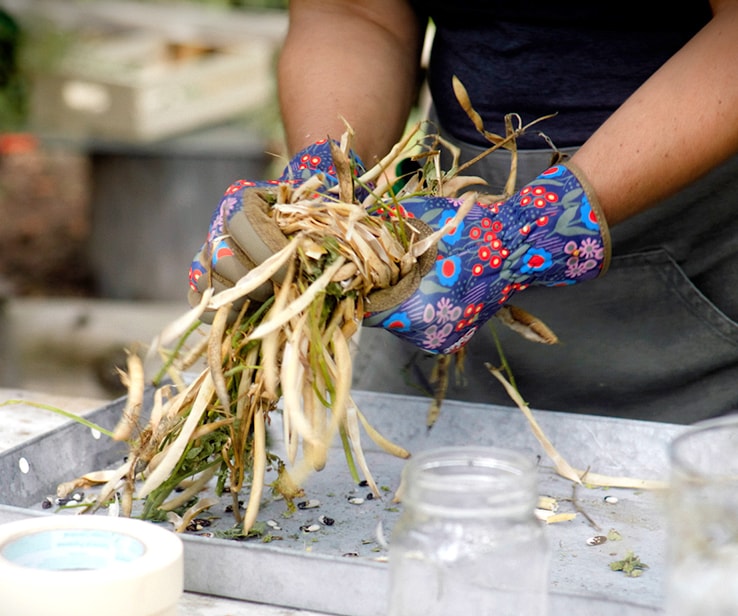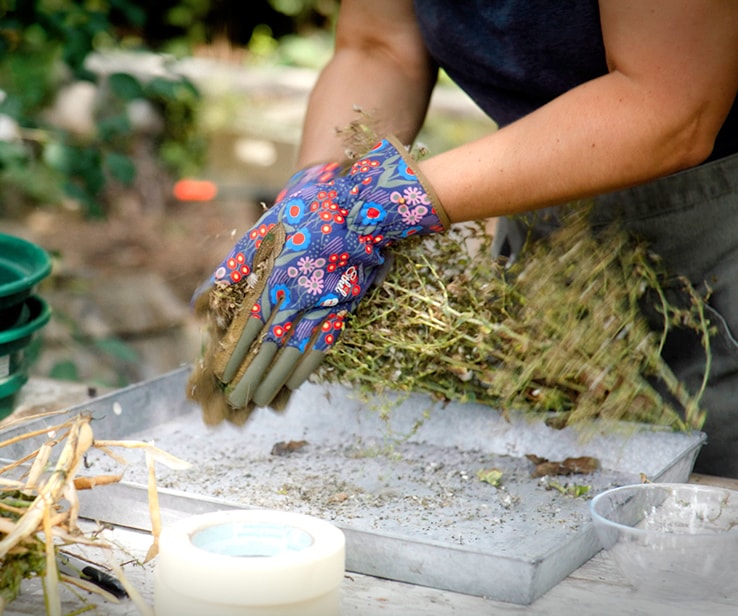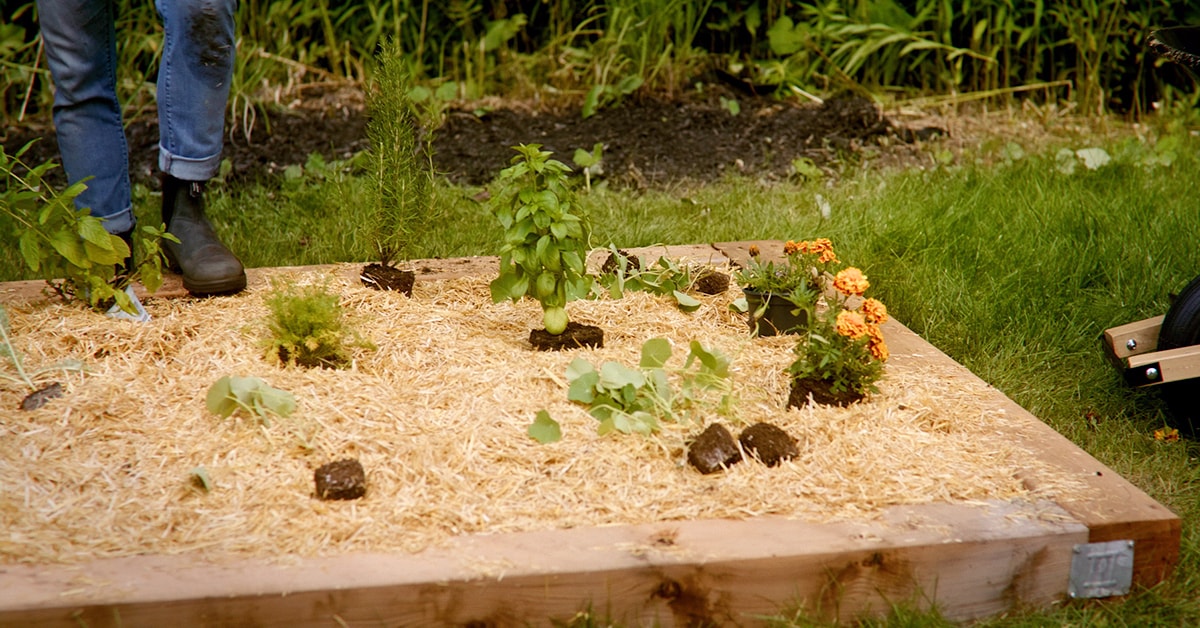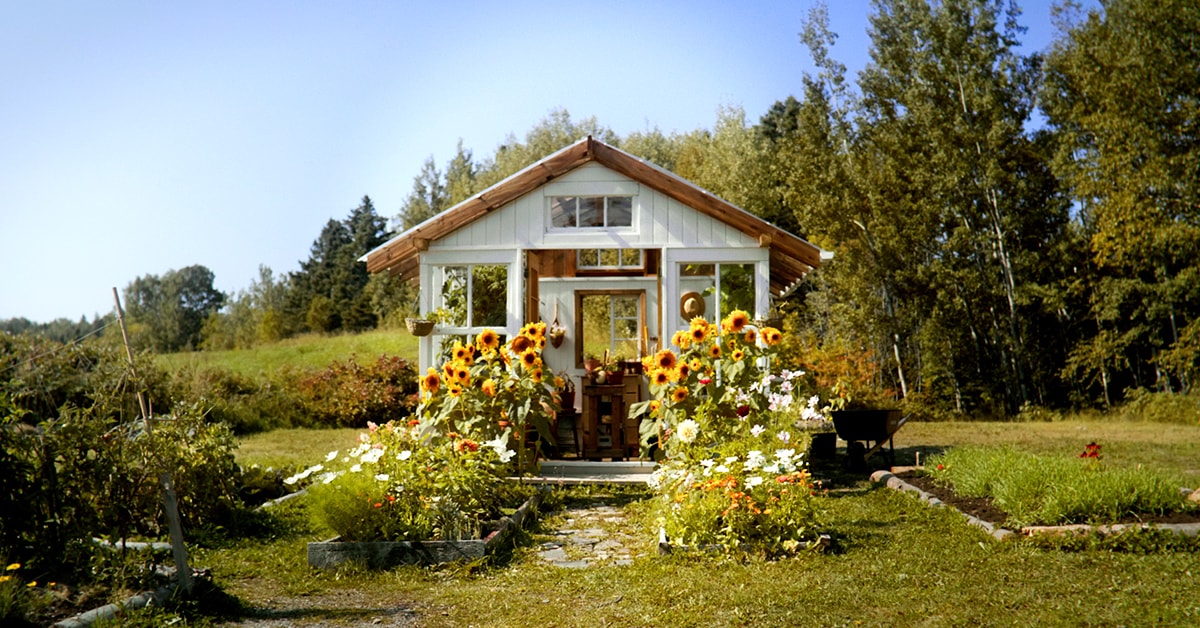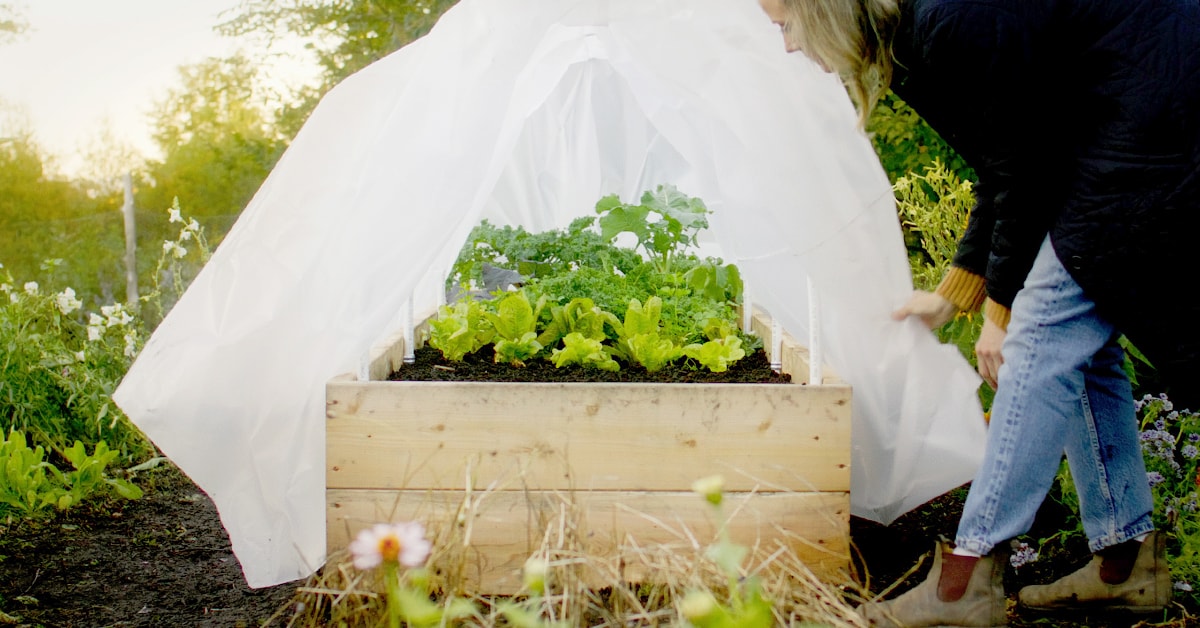Why Collect Seeds from the Garden?
- grow the vegetable and plant varieties you like, even when these seeds are not available on the market;
- participate in the preservation of heirloom or rare varieties;
- produce vegetables that will adapt to your garden and thus be more vigorous year after year;
- have a large quantity of seeds to exchange or share with other gardening enthusiasts; and
- learn more about the lifecycle of plants.
Plus, it’s a fun and relaxing activity!









